The U.S. dollar, a cornerstone of the American economy, is much more than just the currency circulating today. Its symbol carries a rich history filled with intriguing details many might not know.
First U.S. $ Printed in 1861
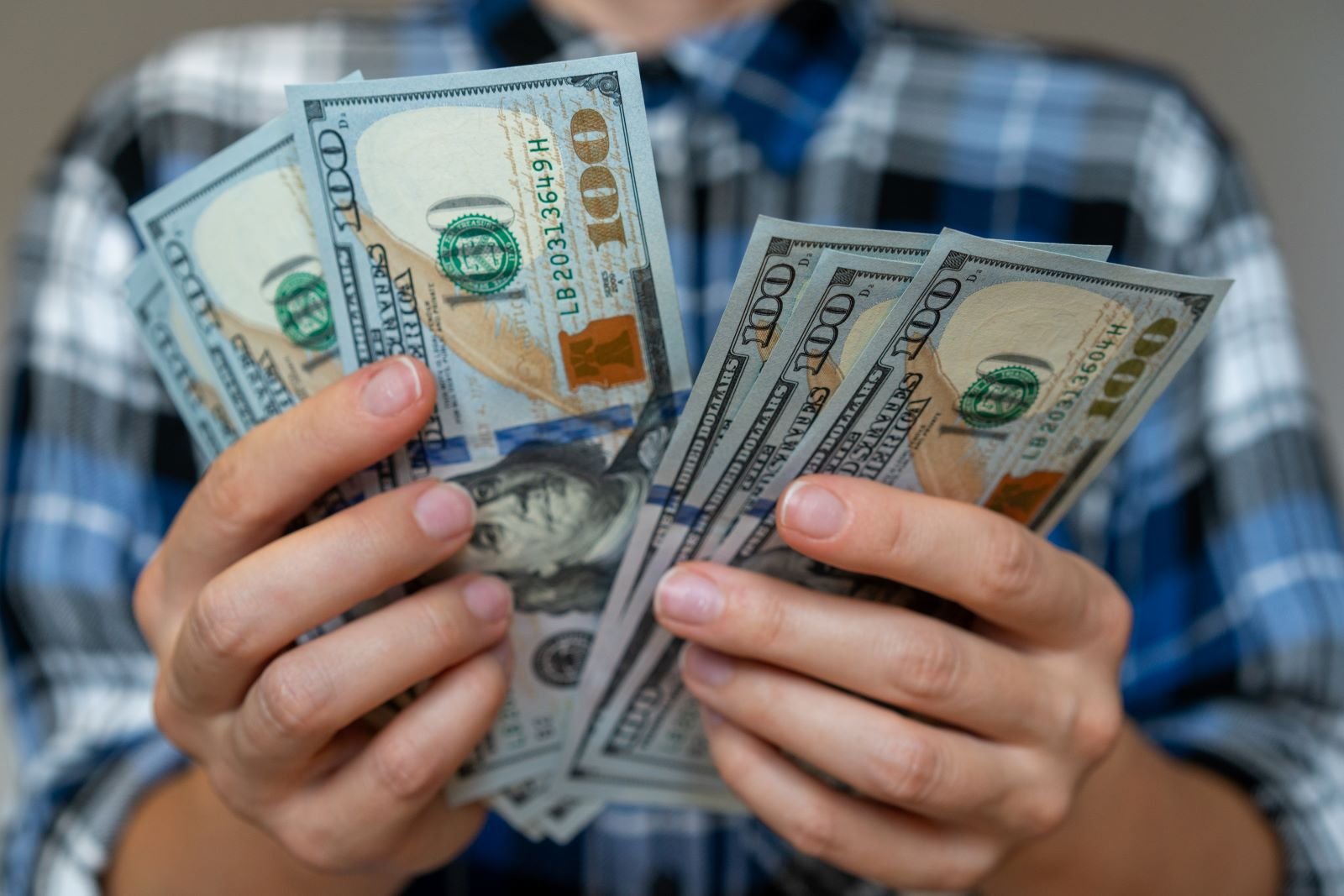
It is astonishing that while the United States declared its independence in 1776, the first formal paper money was printed only in 1861. The Circulation of fiat money in the USA can be traced back to the Civil War when the government introduced greenbacks. These notes were earlier known as ‘Demand Notes’ since they could be exchanged for gold or silver coins on demand. However, it is worth noting that these early dollars did not have any backing from gold as is expected today; instead, they were a legal tender, which made them a form of fiat money.
Dolla Bill Green Ink
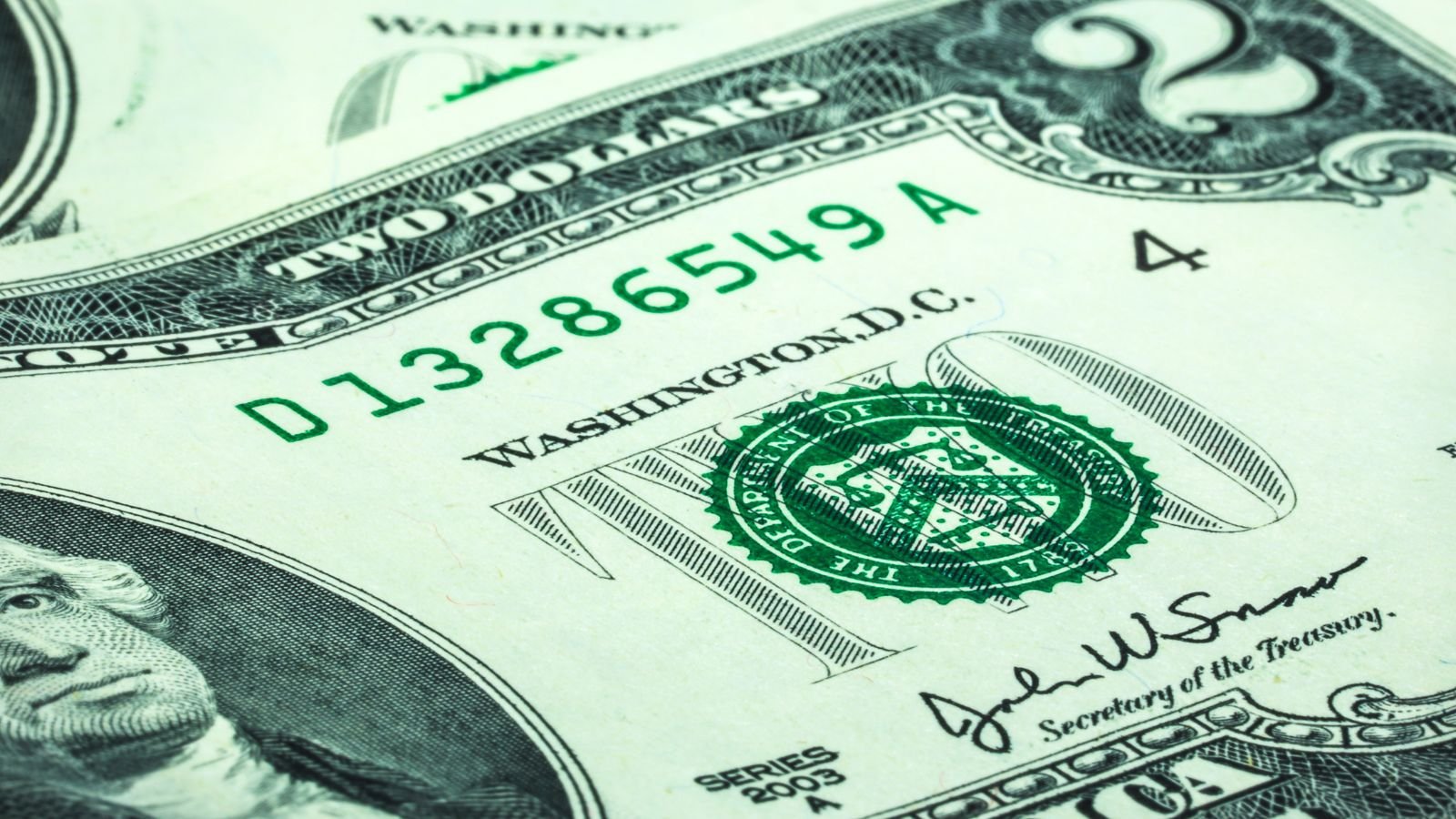
The green color of the U.S. dollar bills is for more than just an artistic sense. Green ink was utilized during the 19th century because it was not easily affected by the harmful rays of light and was more resistant to chemical alterations, thus making it difficult for a fake currency to be passed. Therefore, the Bureau of Engraving and Printing continues to use the same color used earlier in the past and for historical reasons.
The $2 Rare Bill
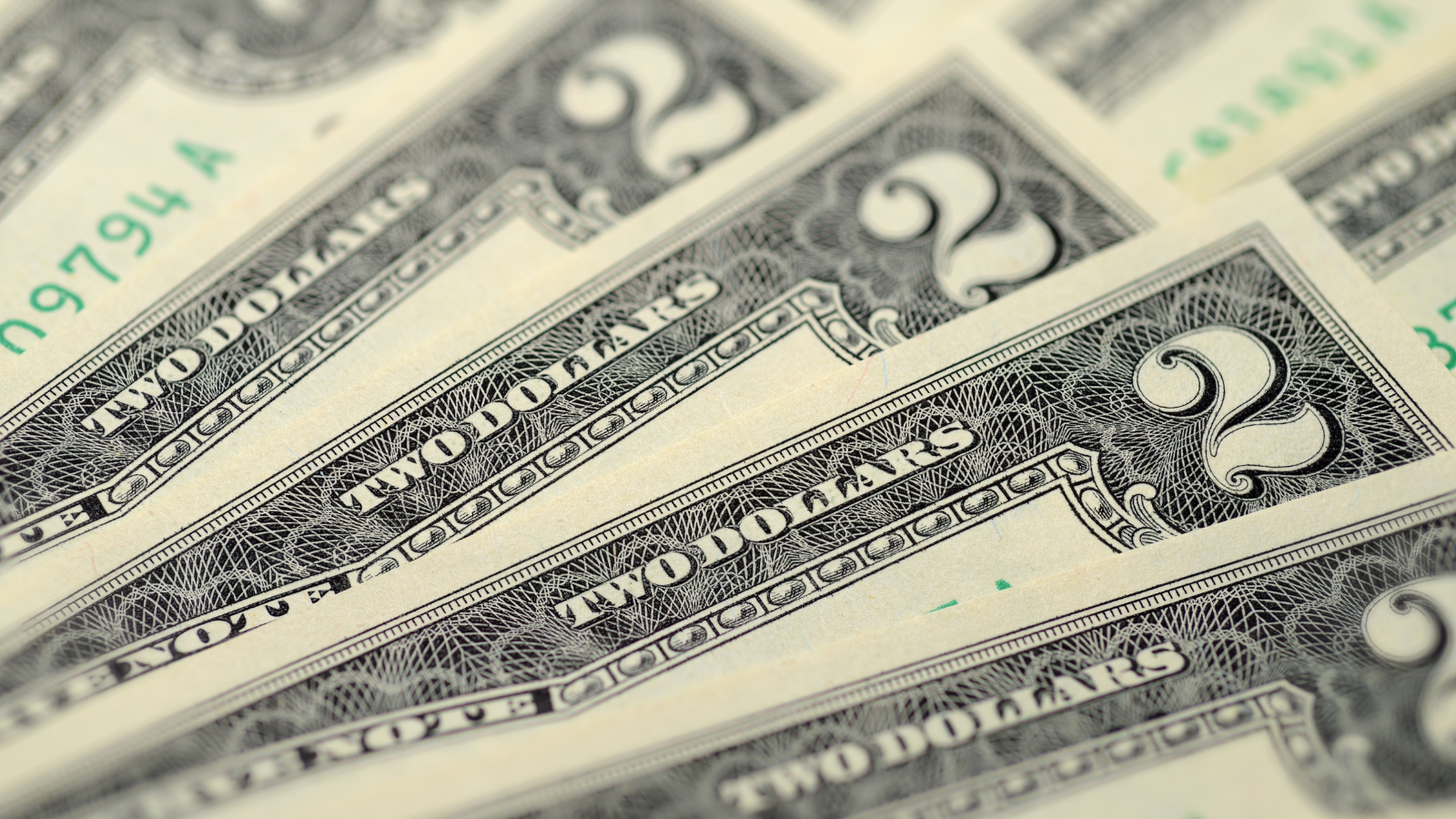
Most people suppose the $2 bill is no longer produced or has minimal circulation. However, this is not the case. The $2 bill is still made today, and the legislation is still valid and has not been taken out of Circulation. Nonetheless, its relative use in daily commerce is minuscule and is regarded more as a curiosity or novelty currency.
Dollar Bill’s Lifespan

You would be surprised to discover that the lifespan of a $1 bill is approximately 6.6 years. This is due to the constant wear and tear because it is high in Circulation, while higher notes, including $100 notes, have a longer lifespan of 22.9 years. It is mainly because of less use in daily life. While a $5 bill is known to have the shortest lifespan of 4.7 years.
Dollar Sign ($) Origin
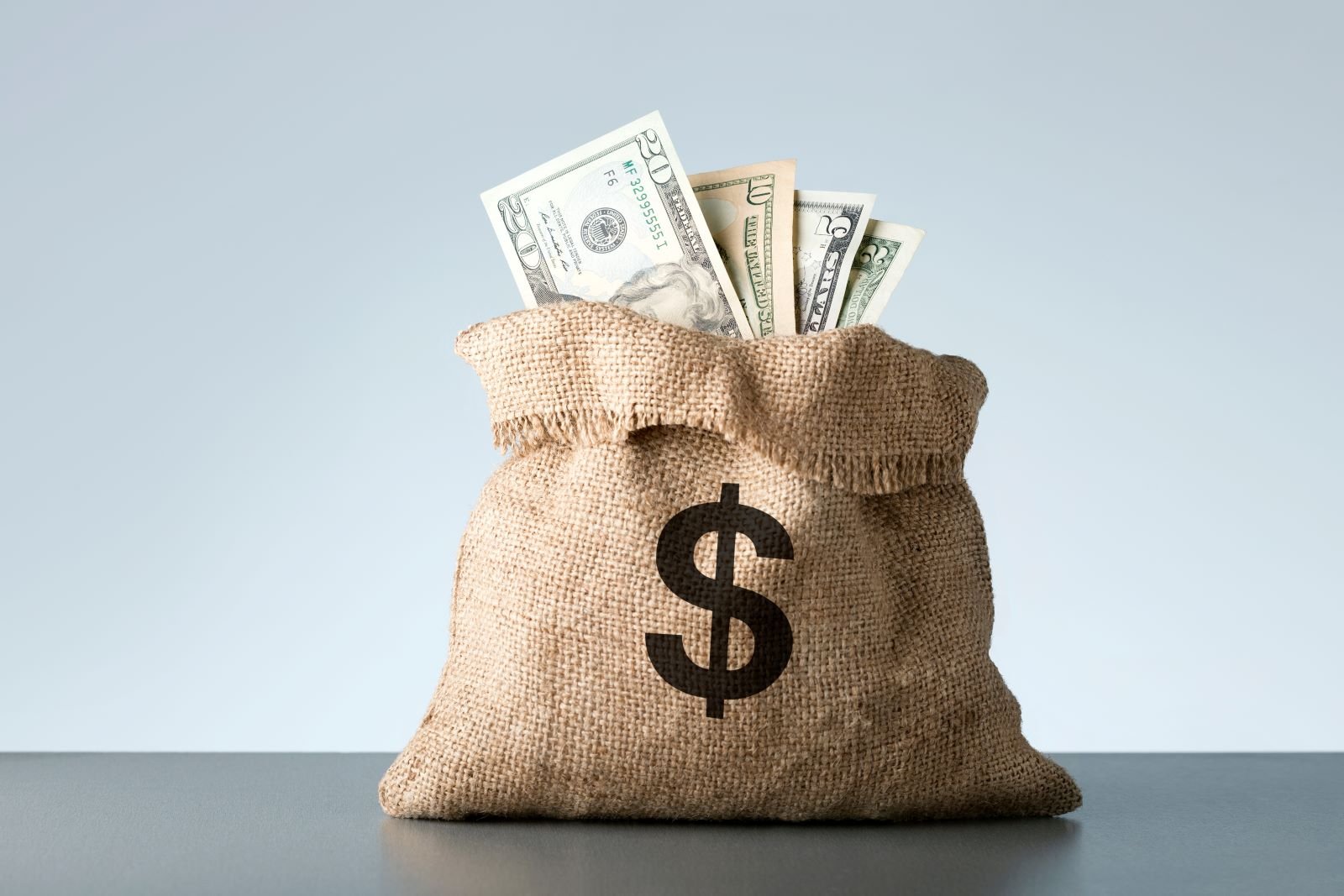
Various theories have emerged that attempt to explain the use of the dollar sign. However, there is one general theory about it, backed by Oliver Pollock, that it came from the Spanish peso inscribed as “Ps. “The “P” and the “S” merged and became the current “$” symbol.
World’s Most Dominant Reserve Currency

Many central banks worldwide use the U.S. dollar as their primary reserve currency, putting it ahead of any other reserve currency. The IMF also reports that more than 59 percent of global reserves are in dollars. This dominance emphasizes that the dollar remains the world’s dominant currency.
Secret Symbols on Dollar Bill
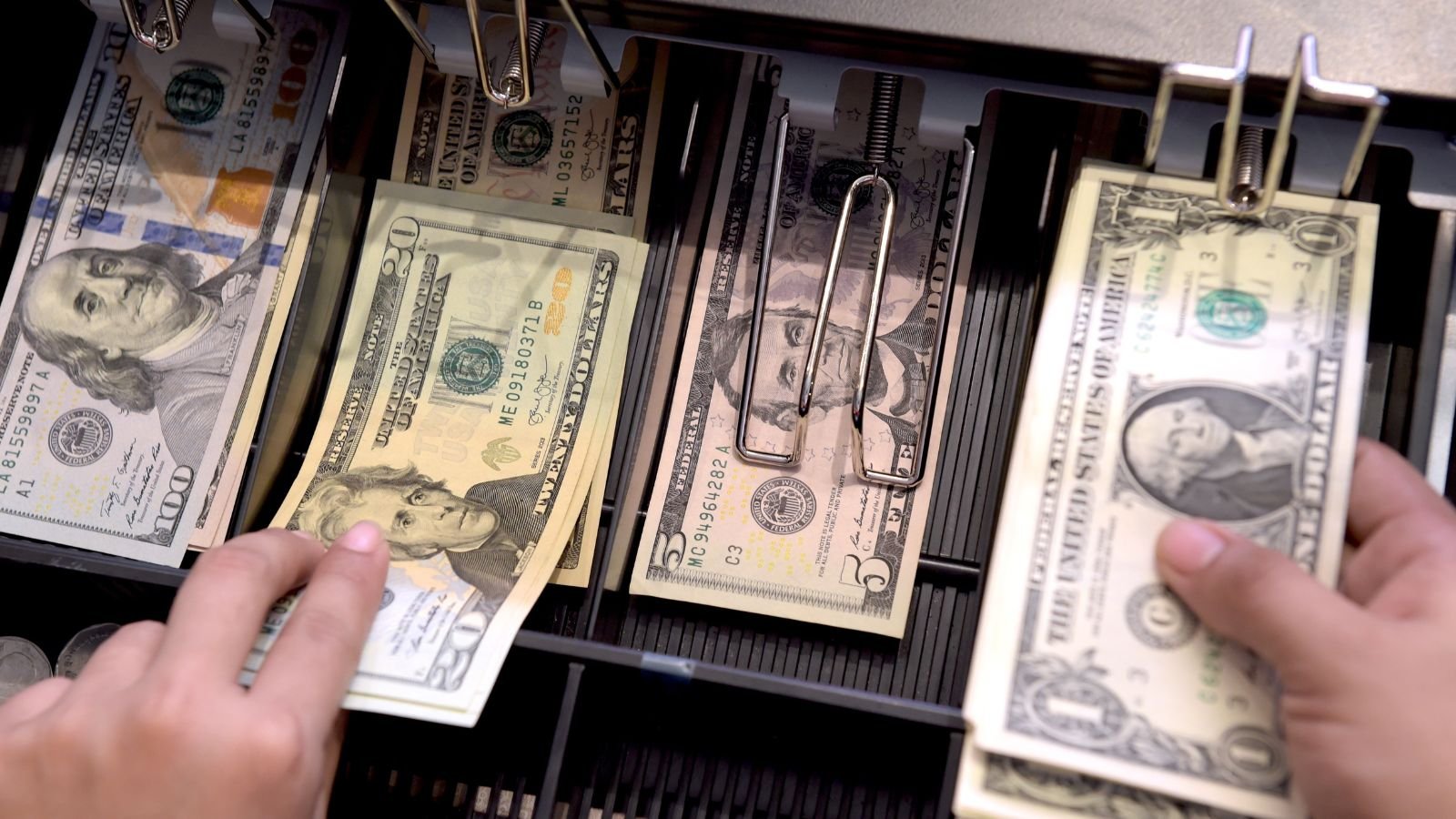
The U.S. dollar bill is covered with pictures and images, most eliciting conspiracy theories. The most noticeable is the ‘Eye of Providence‘ at the back of the $1 bill, which others argue symbolizes Masons. But again, it symbolizes the eye of God or Divine Providence.
U.S. Mint Produces Coins

The U.S. Mint makes and distributes the coins, whereas the Bureau of Engraving and Printing is responsible for printing paper money. It also manufactures coins for essential occasions and stocks gold for the country.
Largest U.S. Bills Ever Printed

The most prominent note that the United States ever produced was the $100,000 bill, and the portrait depicted on it was of Woodrow Wilson. These bills were never released into Circulation and circulated only between Federal Reserve Banking systems.
Americans Spend Over $1,000 on Coffee

Yes, it is rather unbelievable, but it is a fact – an average American consumes more than one thousand dollars on Coffee per annum. This statistic will help emphasize that tiny costs that are hard to avoid during the day add up quickly. Economists recommend that for people to save, they should reduce expenses in areas such as entertainment and other sundry areas.
How Much Cash Do Americans Carry

Odd as it may seem, cash continues to be as popular in the United States. A survey conducted by the Federal Reserve indicates that, on average, an American will have $73 in cash with them daily. Knowledge about cash behavior can assist in handling money matters, mainly when an emergency arises.
Shift from Paper to Polymer

Most nations have shifted from paper to polymer banknotes since the latter is more durable and hard to fake. Even today, the U.S. continues to print its currency on traditional cotton-based paper, and the discussion of converting to polymer is ongoing.
Cost of Making a Dollar
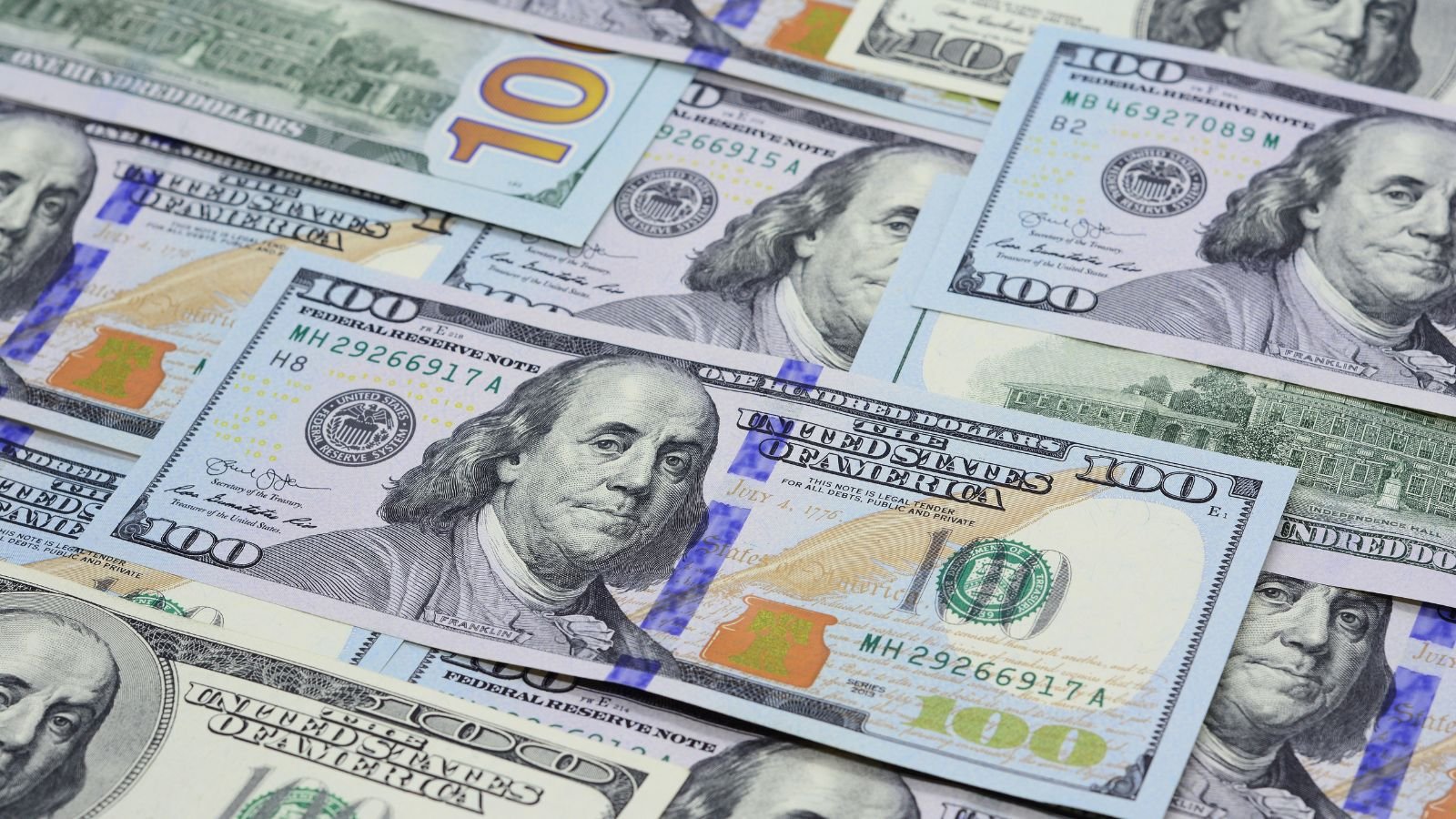
Surprisingly, the cost of making one $1 bill is considerably high, and it is only increasing year after year. Currently, it is 7.5 cents, which is remarkably high compared to 6.2 cents in 2021. This might not seem like much, but the savings are remarkable, considering billions of bills printed worldwide each year. Because of the added features in producing these notes, higher denominations, such as the $100 bill, are slightly more expensive than the others.
Microprinting That Keeps Counterfeiters at Bay

Another technique used in the bill is microprinting: numerous tiny and almost indistinguishable letters are all over the bill base. For example, there are the smallest printings, ‘USA 100’ written in micro letters on the collar of Benjamin Franklin on the $100 bill. The variation depicted here is so acceptable that it cannot be replicated without specialized tools.
Hidden Message in the $5 Bill
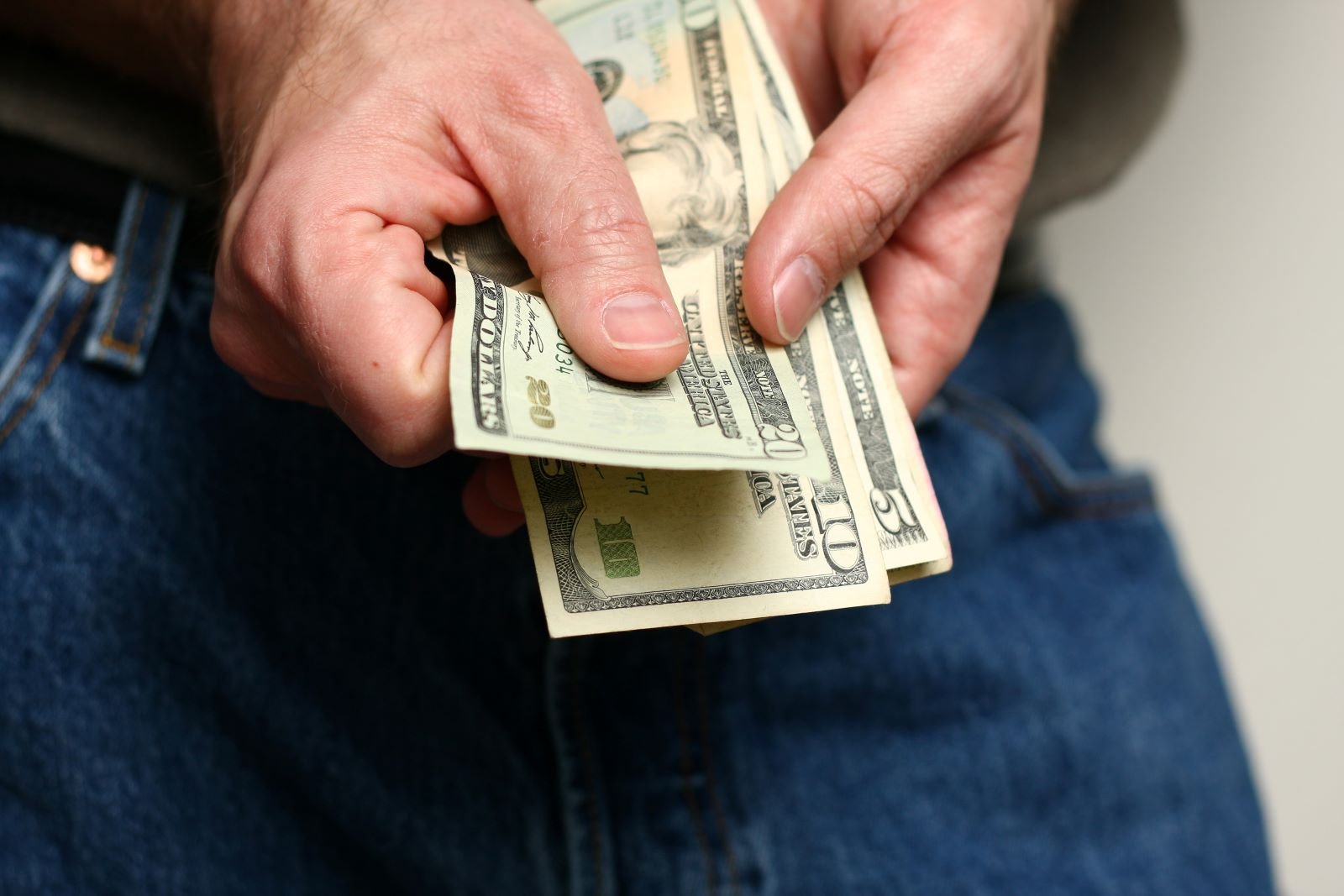
The Lincoln Memorial engraving at the back of the five-dollar bill! Pay particular attention to it, and you will see something unusual. The top of the building is decorated with the names of some states of the United States, which means unity and power. However, this aspect is usually overlooked unless attention is paid to microscopic observation.
